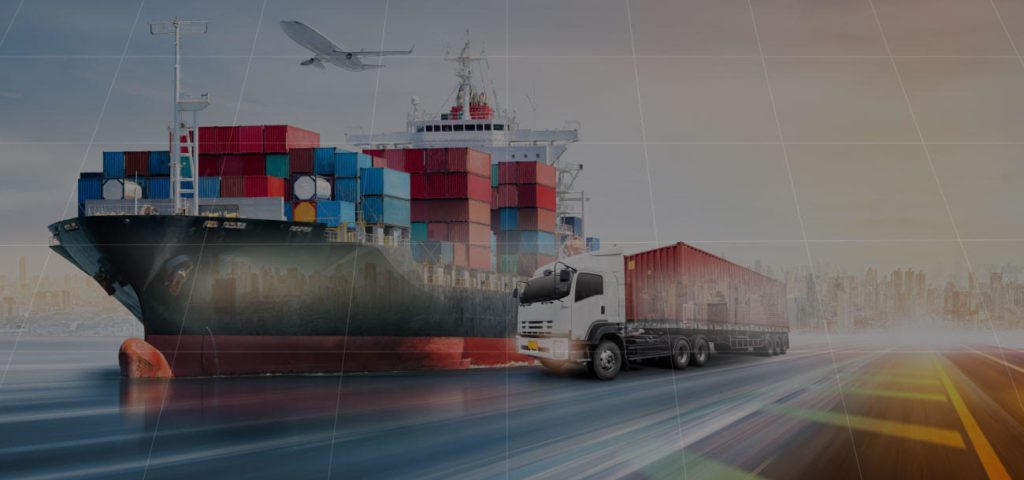Navigating Freight Management Efficiencies with AI

The logistics industry just like several others is still coping with the challenges left as legacy, post the pandemic era.
Along with unexpected trucking volumes that increased and plummeted in a jiffy, associated irregularities across rail, ocean and last mile deliveries have been significant as well.
Increased labor costs, declining freight rates, high demand for quick shipping with reduced bulk orders, skyrocketing carrier margins etc. are just some of the variables impacting logistics and freight operations globally.
To make matters worse, most logistics companies are dependent on traditional solutions which are not equipped to tackle today’s harsh real-world supply chain challenges and this definitely throws them under the bus.
With 77% of major global ports staring down snarling backlogs, there is an urgent need to prevent unstable and tense supply chains from toppling into any further chaos.
As supply chain disruptions continue to emerge at every stage, crippling a still-struggling economy, we continue to witness shortages of essential commodities.
Despite repeatedly slashing production goals, businesses around the world are coming to the realization that quick fixes don’t cut it anymore – and that it’s high time they found a long-term solution.

CoFortunately for most supply and demand chain and logistics operations, AI has been a game-changer. McKinsey predicts that AI will create an entirely new “logistics paradigm” by 2030 as it easily outperforms manual efforts not only at repetitive but also mission-critical tasks.
And, with the above challenges gaining momentum across the freight industry, AI-driven solutions for boosting logistics technologies are the need of the hour.
What are the Benefits of AI-powered Freight Management Software?
1. Robust Data Quality For Accurate Decisions
The primary benefit of AI’s application in logistics and freight management is a direct impact on the quality of data which drives overall decision-making.
Using deep Machine Learning capabilities voluminous data is processed with the highest speed and authenticity which helps enable this data to be leveraged among several stakeholders.
These synergies can help organizations forecast the precise amount of manpower and resources that would be needed to execute shipments when needed, for how long and even in multiple locations.
Also, with improved information authenticity and consolidation, better insights are available which can be applied to make necessary improvements across the board for day-to-day operations.

2.Accurate Shipment Forecasting
Efficient output is the understated need of the hour in logistics supply chain and accurate forecasting is the fuel to ensure efficiencies.
With AI, logistics and freight operators can link a multitude of databases along the transportation chain, procuring the right information on necessary components aligned thus working with a defined roadmap for enhanced feasibility.
An AI-driven freight management software can provide demand forecasting that can drill down assets, locations and customer scenarios way ahead of time to help operators with key insights across modes of transport and optimize vehicle utilization across the route.
It also helps optimize storage on ocean shipments to prevent possible bottlenecks at production points or areas of common production delays.
3. Real-time Demand Insights Provide Better Communication
AI-driven drill down analytics can offer freight operators, logistics and fleet managers with real-time and demand-driven insights to rapidly spot where operations are lagging, while easily exposing strategic and tactical opportunities for improvement.
An AI-enabled logistics ecosystem can lead to effective communication across all touch points in the container supply chain, right from cargo owners to terminal operators, to third-party logistics providers and warehouse workers.
Using real-time forecasting, operators can spot patterns in the freight and logistics supply chain and leverage valuable insights, for greater planning and proven efficiency in the movement of goods.

4. Complete Visibility and Smooth Container Movement
With AI, freight managers get the advantage of full visibility of materials across all legs and modes in the logistics supply value chain to quickly identify and eliminate bottlenecks.
Along with holistic and granular views for seamless flow at an SKU/cluster level, operators have complete control over the entire process cycle which shrinks the possibilities for any uncertainties.
5. Efficient Last Mile Operations Planning
Operators can confidently run freight operations with accurate data insights at their fingertips, instead of relying on guesswork and learnings from the past. With AI, mundane linehaul planning can be easily streamlined using the potential of existing shipment data to help optimize fleets.
Also, operators can predict upcoming freight consignments at a drill-down granular level and map this to every leg of the freight’s journey. Strong last-mile planning is a great advantage to planning around roadblocks that can hamper the bottom line and tarnish the company’s reputation.

Optimized AI-Powered Freight Shipments with ThroughPut
ThroughPut’s AI-powered platform radically enables freight operators and logistics managers to meet customer demand on time and accelerate material flow, right from the upstream to the downstream.
Along with end-to-end visibility into how shipment terminals are processing shipments to proactively make changes to fleet operations, ThroughPut’s AI ensures seamless communication with logistics service providers and shipping lines for accurate visibility of possible delays.


